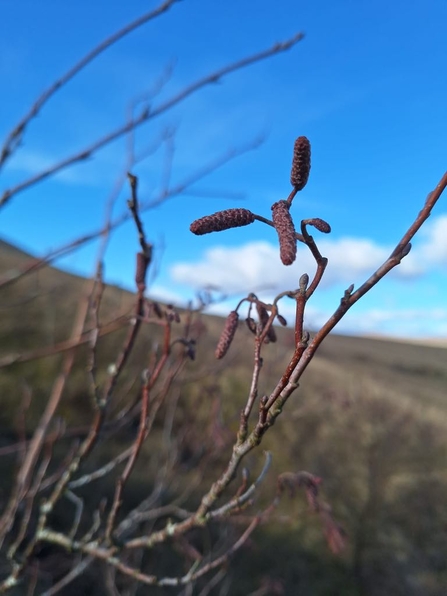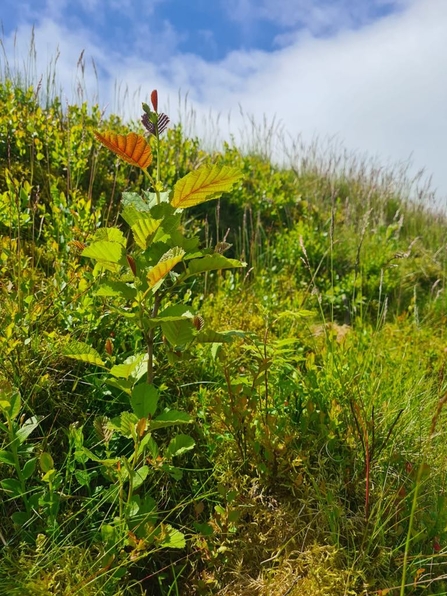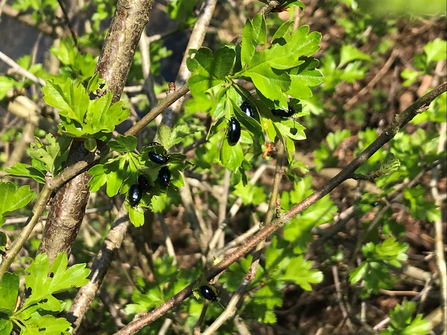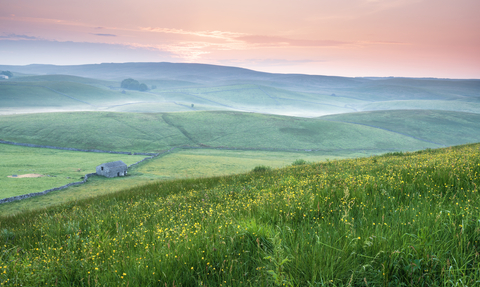Alder (Alnus glutinosa) is a broadleaved tree that is native to the UK and one that the Wild Ingleborough Programme is planting out among many others in various reserve areas that make up Wild Ingleborough. It is a species that is not immediately striking in stature, nor the most useful in terms of timber, but one I’ve come to know over the years as a crooked, purple tinged pioneer of wetlands and riverbanks. It just so happens to be my personal favourite tree!
Getting to know the alder
Once you ‘get your eye in’ for the alder there’s no mistaking it for any other tree. The signature cone shaped outline makes them easy to recognise from near and afar, in winter and in summer. alder trees prefer wet, damp habitats and their presence in an area should give you some clues about the habitat they are growing in. An alder is very likely to be close to water, perhaps a river bank or flood plain, or maybe an area of upland that gets high rainfall with waterlogged soil.
As a young, budding shoot, the alder has a light orange hue to its stalk with small pimply nodules on it, contrasting beautifully with its pastel, lilac coloured leaf buds. The purple buds are one of my favourite features and one that is a useful ID clue in winter.





